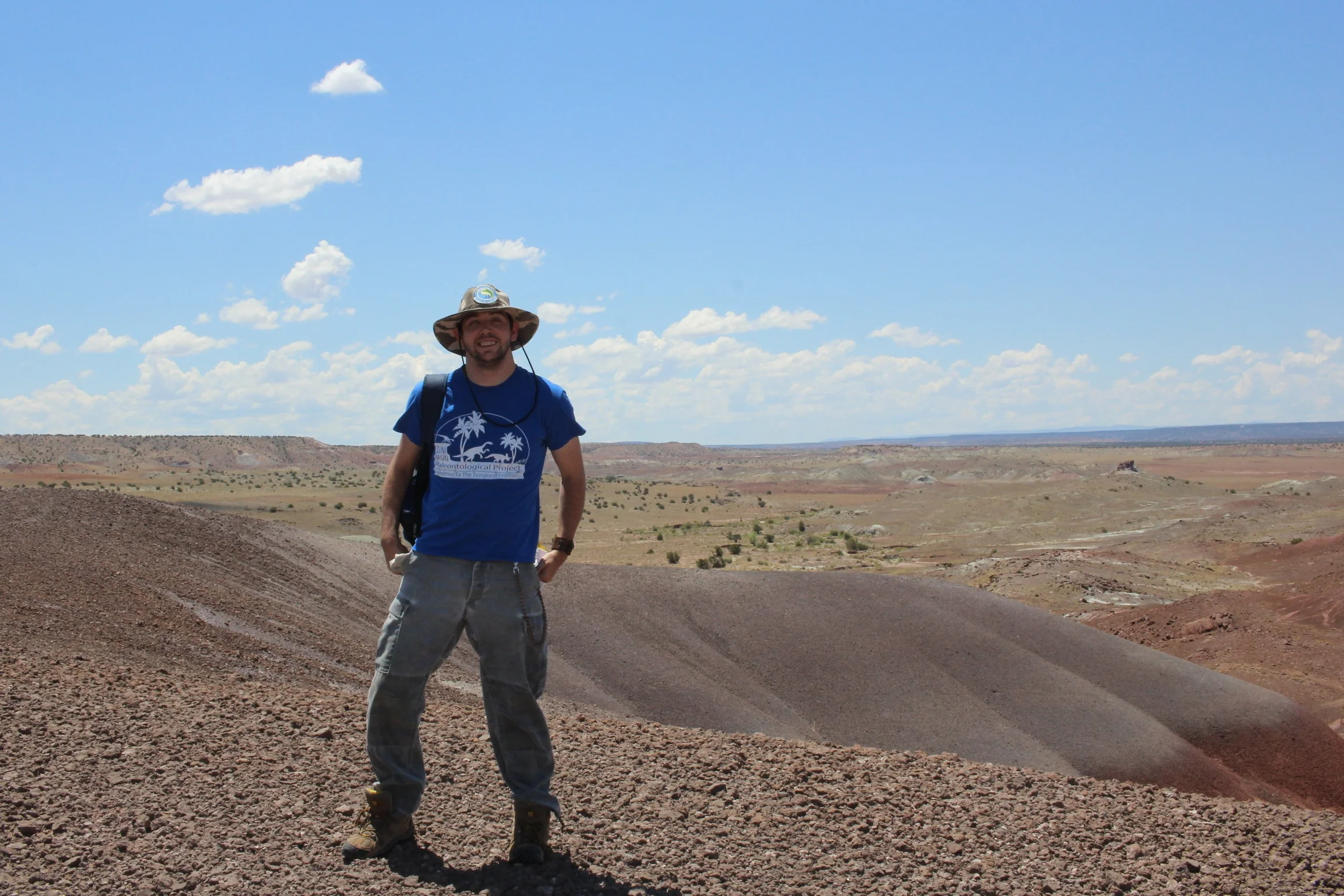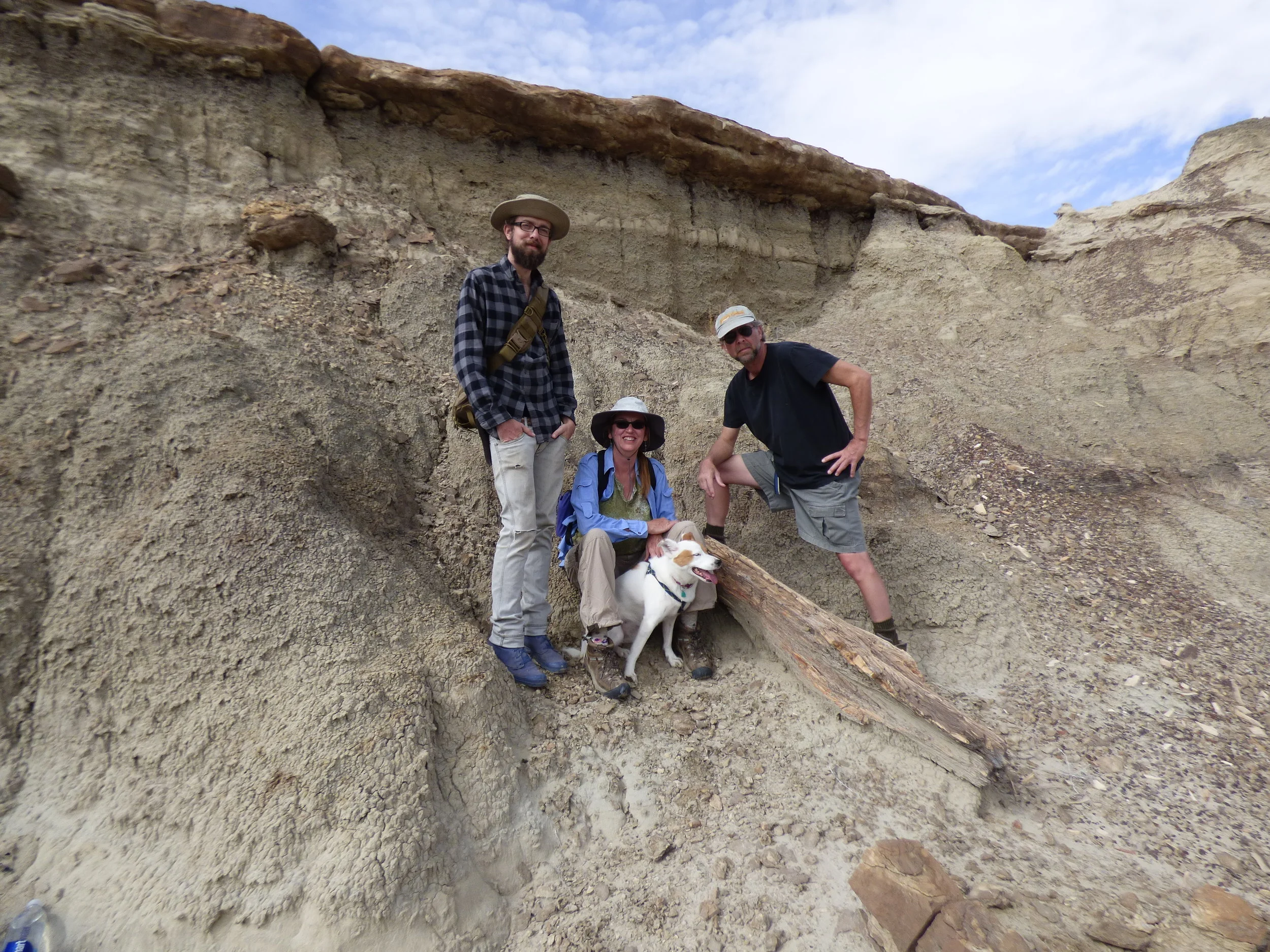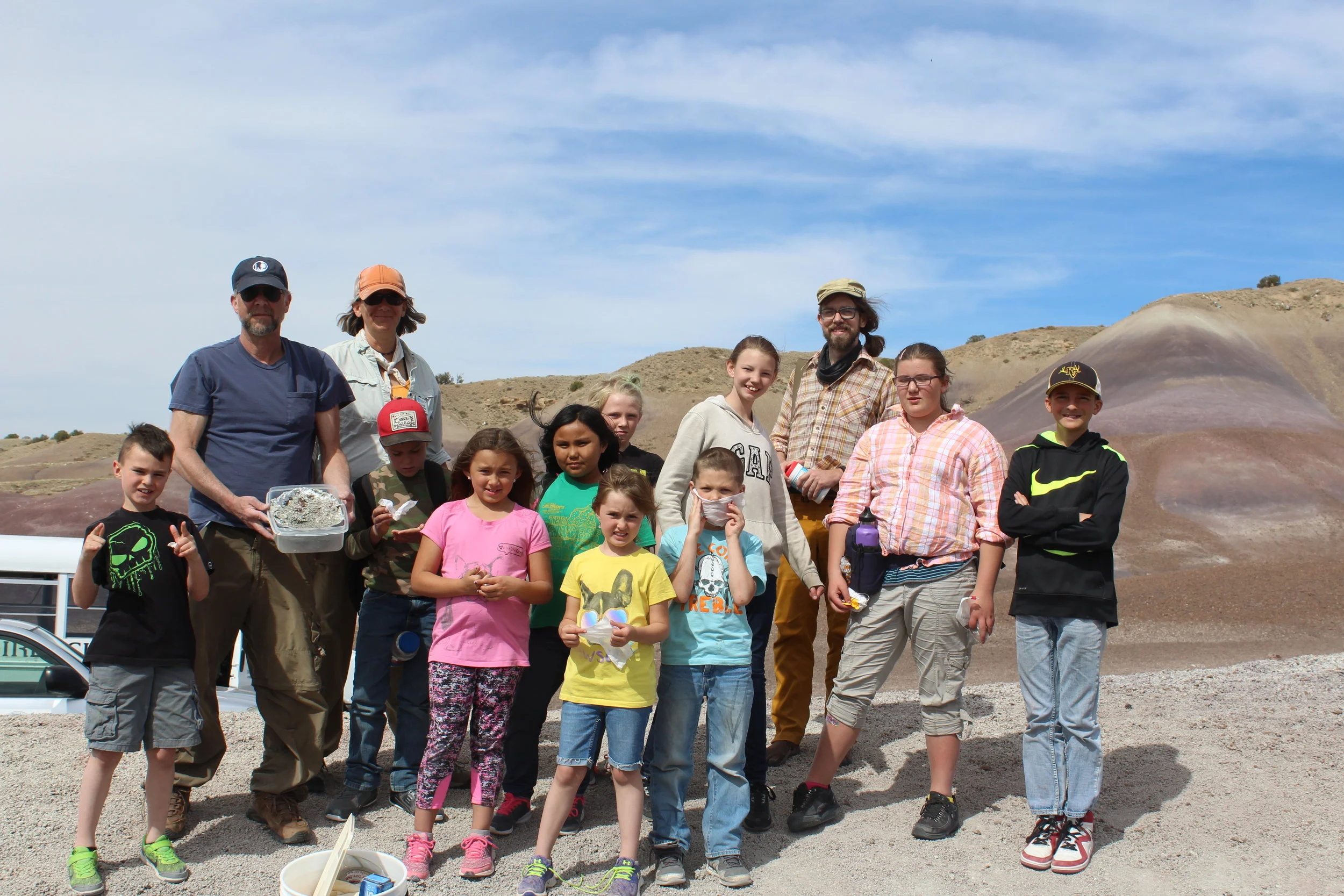

How we work
Giving Back to our Communities
ZDIG seeks to raise community educational levels, and pride in community resources, by connecting citizens of all ages and abilities with the natural world. ZDIG is committed to helping students achieve their potential by engaging them in the scientific process, developing leadership and critical thinking skills, and promoting self-confidence by exploring new and challenging topics and sometimes unpredictable outdoor environments.
Here in northern Arizona, high school graduation rates are just 67.1% and many families live in or near poverty. Despite the international attention given to destinations such as the Grand Canyon and the Petrified Forest, much of the revenue accrued by those destinations passes by smaller communities, and their school systems. By establishing ZDIG, we are developing programs to explore and appreciate the lesser known, but equally fascinating Natural History of some of America’s least explored landscapes and the communities around them. ZDIG provides the kind of hands-on activities that recent studies show have a positive impact on academic achievement, test scores, and high school graduation rates.
ZDIG provides year-round field programs (weather permitting) exploring the unique geology, paleontology, archaeology, and history of our region. Tours are custom designed for individuals and groups according to interests and physical abilities, and may range from several hours to several days. ZDIG also provides guided tours in our Springerville AZ Museum space where visitors can explore dinosaur exhibits, fossil and mineral collections, and hands-on activities for children, including library books, videos, puzzles, and dinosaur mountain play space.
A Partnership of Ideas and Skills
The study of Life on Planet Earth is a 4-dimensional challenge requiring input from geologists, paleontologists, chemists, physicists, artists and many other disciplines constantly informing and revising our understanding of the Earth. Even our current understanding of the distribution of life on modern earth requires knowledge of continental drift (plate tectonics), and connections between climate and sea level, to explain kangaroos in Australia, Darwin’s finches in the Galapagos Islands, or early humans and woolly mammoths in North America.
As we move further back in time, we must reconstruct Earth History using limited data from an increasingly unfamiliar landscape to explain, for example, how dinosaurs once lived in Antarctica, or why fossil sea shells can now be found on top of mountains. Advanced technology provides the opportunity to employ satellites for remote sensing of land and sea, or to detect potential disaster and extinction from the same type of extra-terrestrial “smoking-gun” that ended the reign of the dinosaurs 65 million years ago.
During 30 years of research leading to the formation of ZDIG, much of our work, beginning with Wolfe’s graduate study, has focused on the Mesozoic-age geology and paleontology around the Arizona—New Mexico borderlands, also known as the Zuni Basin. Here the rocks contain rare examples of both marine and terrestrial strata representing a time period when elevated temperatures caused by extreme levels of atmospheric Carbon Dioxide, pushed sea levels to the all-time high-stand of the last 300 million years. In the 1980s, Wolfe was part of a multidisciplinary working group using fossil plankton and molluscs, isotopes of Carbon and Oxygen, radiometric dates from ancient volcanic eruptions, and good old fashioned mapping of geologic formations, (the science of Biostratigraphy) to follow changes in middle Cretaceous shorelines as oceans rose and fell. In fact, Doug’s application of biostratigraphy using microfossils laid the groundwork for later discovery of the Zuni Dinosaurs. These techniques are useful to the discovery of oil and dinosaurs, and they also help to understand potential changes in our modern and future climate systems.
Graphic by Andrew Radich © ZDIG 2018
During our research, we have worked with visiting scientists from around the US, and from countries as distant as Japan and China. Our ZBPP Research Partners have included: Arizona Museum of Natural History, University of Arizona, University of Colorado, Western Science Center, Museum of Northern Arizona, Virginia Tech, Lawrence Livermore Laboratories, North Carolina State University, Northland Pioneer College, Oklahoma Museum of Natural, Southwest Paleontological Society, Utah Geologic Survey, US Bureau of Land Management, Utah Museum of Natural History, University of Pennsylvania, among others.
Our coordinated research has produced peer-reviewed publications on topics ranging from the paleoecology of Cretaceous Seas, naming the new Zuni Dinosaurs, geochemical analysis and identification of important new fossil angiosperm tree species, mapping and statistical analysis of the Zuniceratops bone-bed, anatomical reconstruction of Nothronychus skeletal mechanics, C-T analysis of Zuni Dinosaur skulls and vertebrae, and discovery and mapping of new dinosaur track sites, among other topics.
Most recently, much of our research attention has been directed toward exploration of the 80-million year old fossils of the Cretaceous Menefee Formation of western New Mexico in coordination with Andrew McDonald and the Western Science Center, volunteers from the Southwest Paleontological Society, and students from the University of Pennsylvania. This work has produced the new dinosaur species Invictarx zephyri (a new armored dinosaur) and Dynamoterror dynastes (a new Tyrannosaur).
In fact, many of our most important discoveries and partnerships have been with student volunteers ranging from high school to post doctoral studies of various aspects of Zuni Basin paleontology. We have also benefited greatly from contributions from citizen volunteers and professionals from all walks of life; artists, photographers, preparators, medical technologists, writers and filmmakers.







Ready to help?
Volunteer
—
Donate

